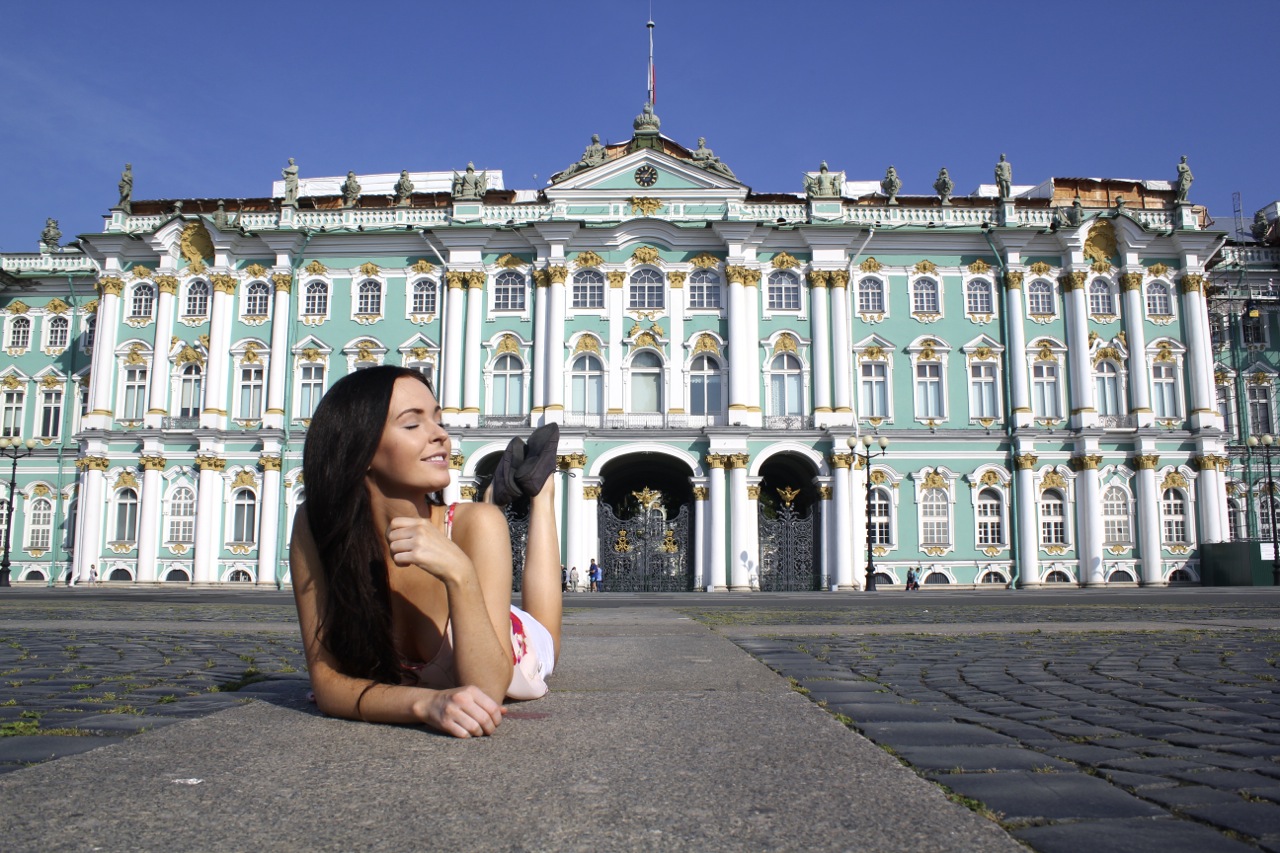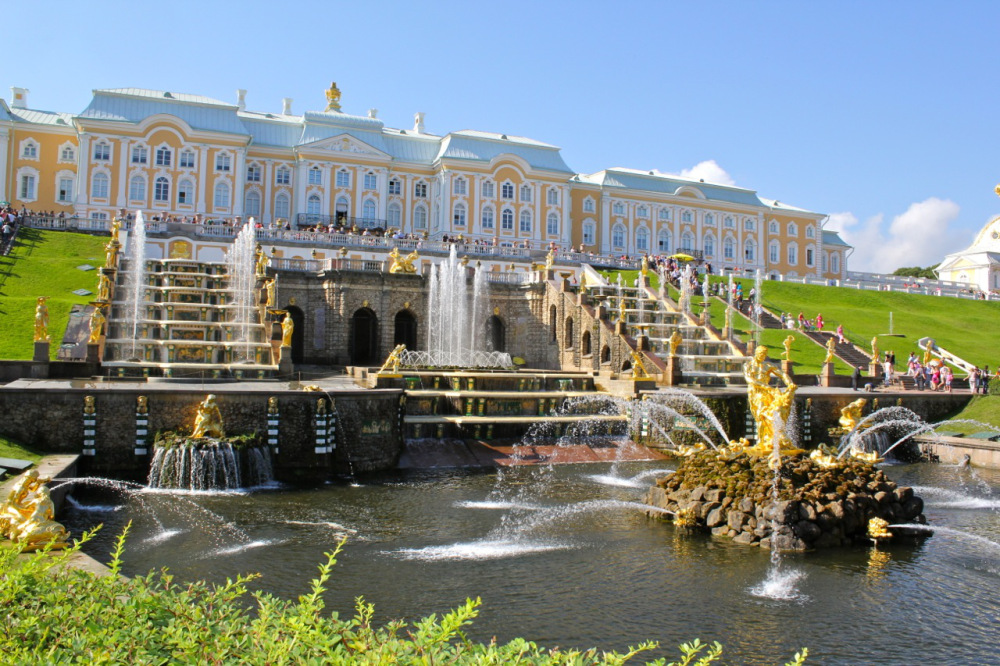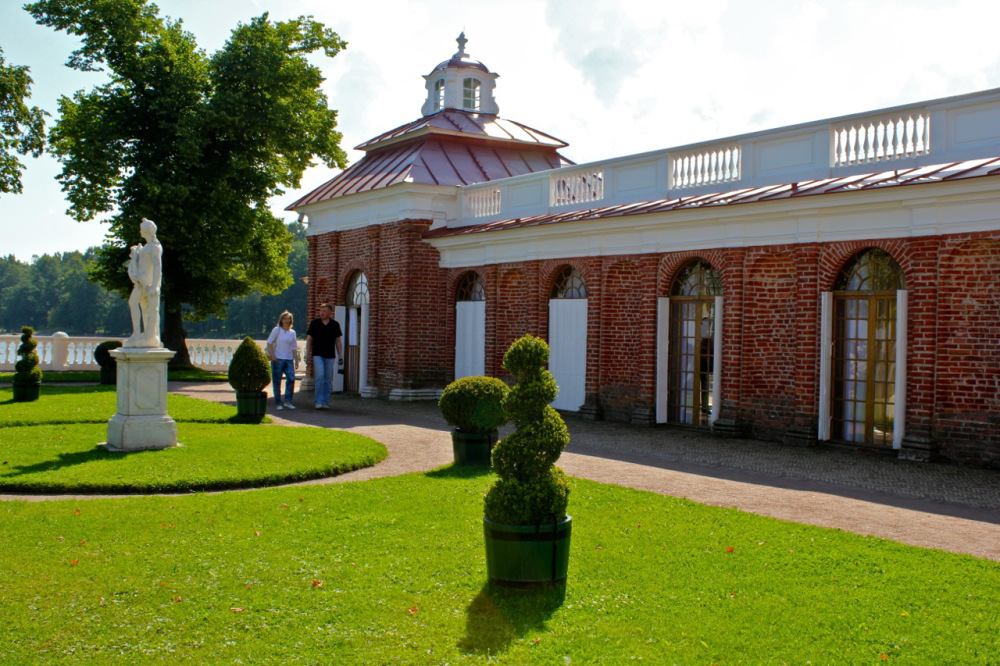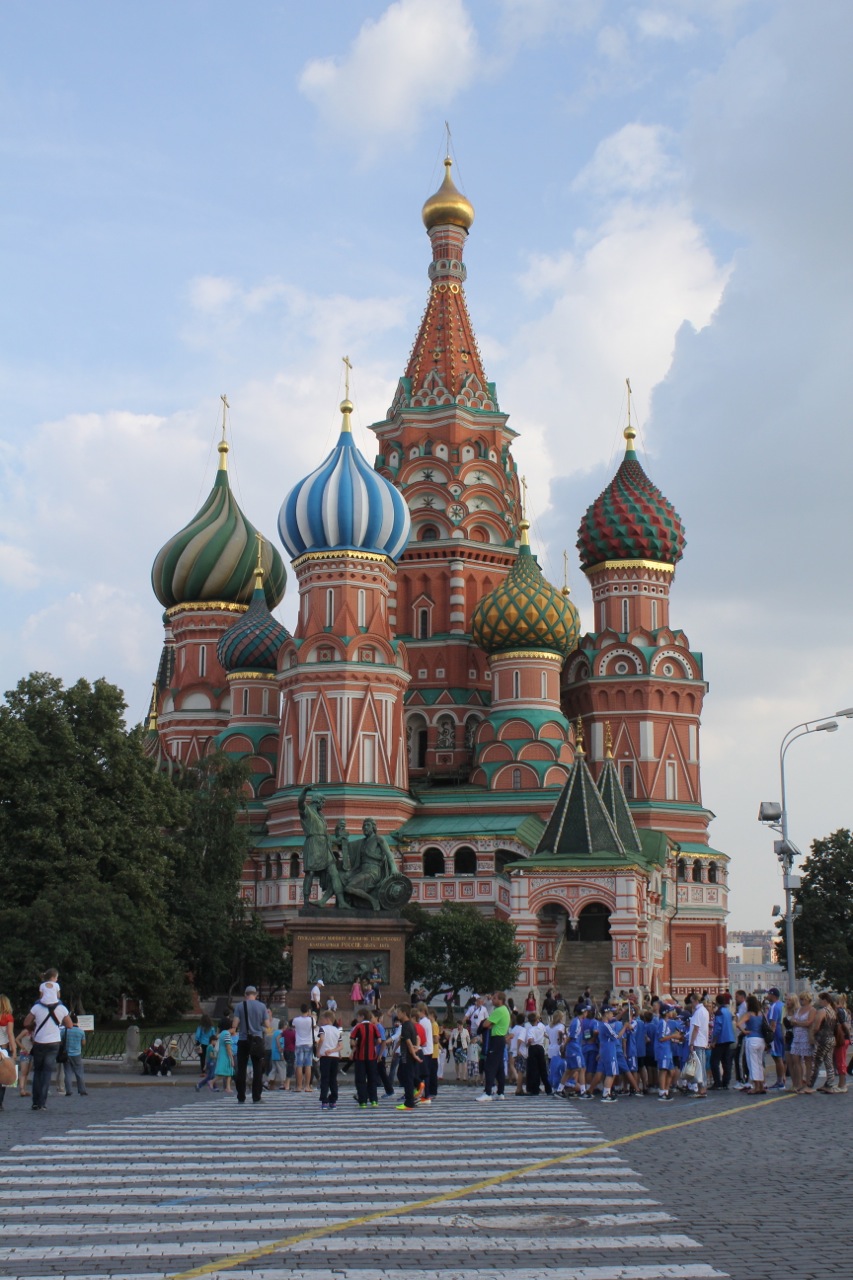St Petersburg is a city rich in regal history. Home to the famed summer and winter residence of Peter the Great, there is a lot to appreciate in the once Russian capital, from impressive royal architecture to one of the world’s best museums (even rivalling that of the Louvre!) While the weather in St Petersburg gets a bad wrap, each season offers a distinctly different take on this exquisite city, so be sure to put it on your list for Eastern European adventures!
Population: 4.9 million +
Known for: Museums, Royal History, White Nights
Climate: Maritime climate with warm summers and cold winters… Bring a raincoat!
A quick guide to St Petersburg
Prior to Arrival
Russia has one of the most painfully frustrating visa processes, so be sure to look into your requirements sooner rather than later (it will require sending your passport off to an embassy or taking it in in person). Unless you’re willing to pay the fast processing fee, you’ll be needing 1-10 days (more likely to be on the double digit side) to wait for your passport and visa to be returned. Also be sure to take your time when filling in your visa application, as any small mistakes will require handing it over again. Read here to find out more about the Russian visa process.
On Arrival
If arriving by plane, the easiest way to the airport is by taxi. Train travel is popular within Russia and from Finland, and the most efficient way to the city is again by taxi. Bus travel into St Petersburg is the cheapest way to arrive, however is much slower. Most visitors to the city arrive by boat/ferry. If you join a cruise (i.e. departing Helsinki, Finland), then you will not require a Russian visa. You will however not be permitted to depart from the group.
Getting Around
It is important to know that whilst taxi travel is the next best mode of transport after walking, there are many illegal operators who can really tarnish your trip experience by ripping you off. Public transport in St Petersburg is good, but it can be very overwhelming for visitors who do not speak Russian or understand cyrillic. Walking is for certain the best way to get around the city as nothing is too far to walk to!
Getting By
The language spoken in St Petersburg is of course Russian, a difficult language to learn for English speakers but reasonably easy to pick up when learning a few key words and phrases:
Hello: Zdravstvuyte
Excuse me: Izvinite
Thank You: Spasibo
You’re welcome: Dobro pozhalovat’
Bye: Poka
What to See
St Petersburg is one of those cities that you don’t really need to know where to go in order to get there. If staying centrally in St Petersburg, everything is within walking distance (bar a couple of exceptions) and one should take the time to wander aimlessly between one sight and the next. Don’t miss:
Peterhof Palace
Often referred to as the “Versailles of Russia”, Peterhof Palace and gardens are an impressive sight to see and a great insight into Russian royal history. See this post for a more detailed review of a day trip to Peterhof Palace.
Hermitage Museum
Inside the city, this is the most popular tourist attraction… and with good reason! This is for certain one of the world’s most impressive museums with a collection of over 3 million pieces from all around the world.
Church of the Saviour on Blood
This impressive Church is another one of the must sees in St Petersburg – with an impressive eye to detail.
Saint Isaac’s Cathedral
Saint Isaac’s is the largest Russian Orthodox cathedral in the city and is equally beautiful inside and out.
Catherine Palace
Built in 1717, this Palace is another great insight into Russian royal history. It is known as Catherine Palace as it was commissioned by Catherine the Great to be her Summer Palace and has impressive grounds surrounding the Palace.
What to Eat & Drink
Although it often gets a bad wrap, Russian cuisine has some fantastic flavours and textures on offer. Be sure to try:
Pelmeni (dumplings, typically with meat inside); Borscht (meat, beetroot and cabbage stew); Blini (thin pancakes – great option for vegetarians!); Pirog (sweet Russian pie); and Solyanka (stew that comes both as a meaty option or mushroom).
If you have (quickly) tired of Russian cuisine, try “Leafy Green Cafe”, a hotspot for vegetarians and vegans. Alternatively for the meat eaters, the Burg Bar & Grill is a great option for a burger!
Get Out
If you’re interested in seeing more of Russia beyond St Petersburg, this country offers fascinating cities and countryside to explore! While it is still one of the more difficult countries to travel throughout in Europe, it is slowly becoming more and more accessible. For example, the Sapsan fast train will take you from St Petersburg to Moscow in under 4 hours.







